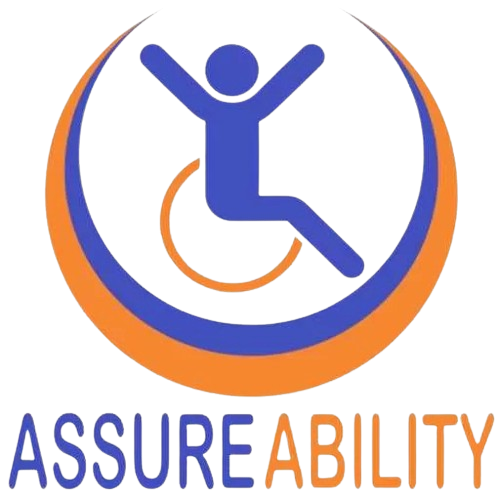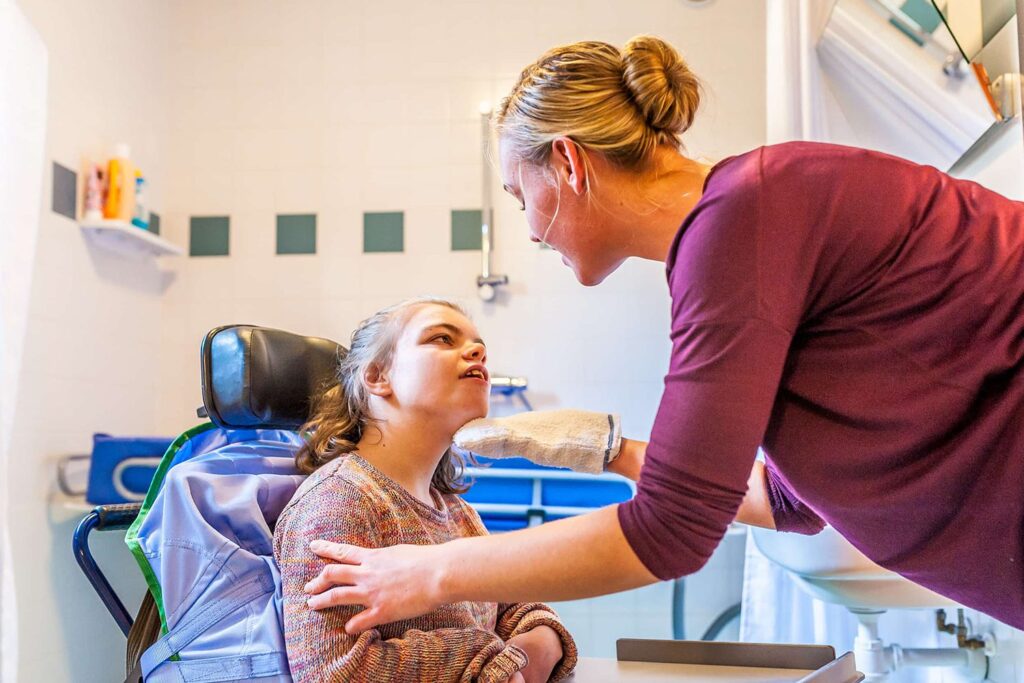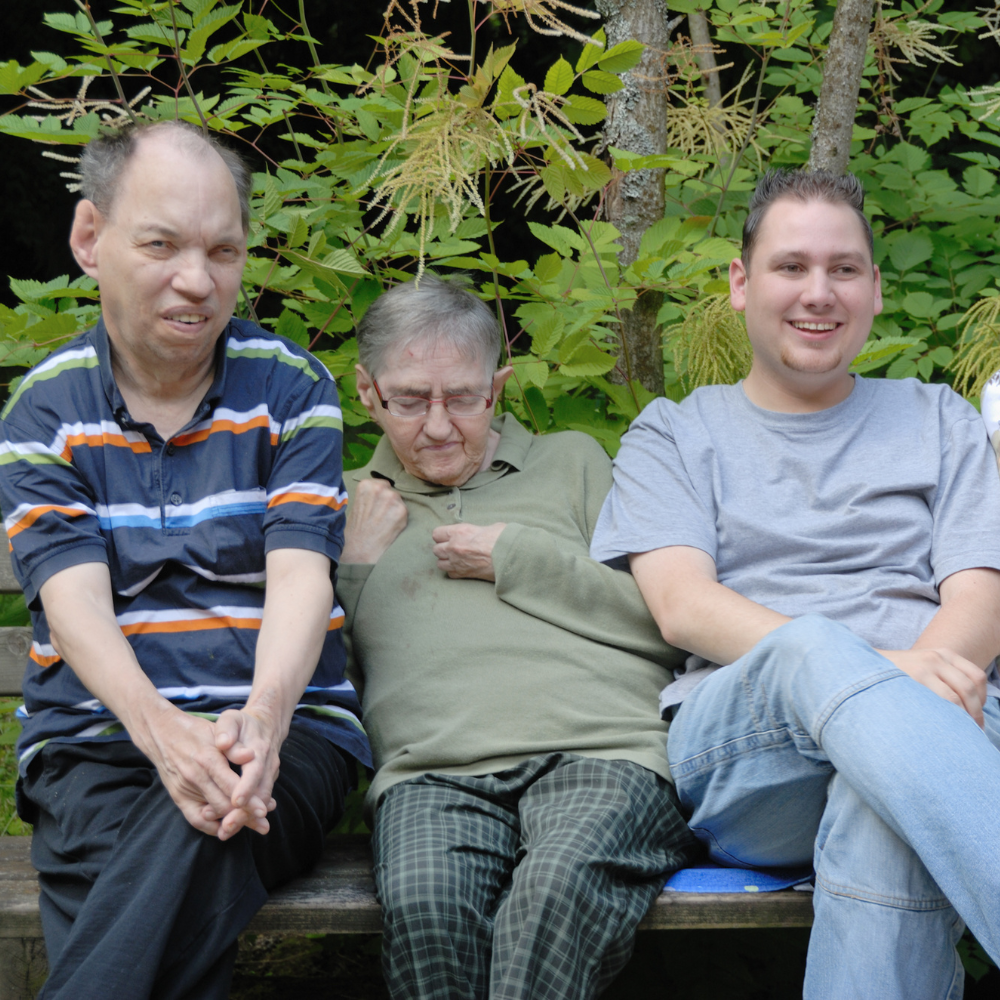Life with a child on the autism spectrum can be both rewarding and challenging. As a parent, you may find yourself navigating uncharted territory, seeking answers, understanding, and support. Understanding Autism: What Every Parent Should Know is here to provide you with valuable insights and practical guidance on this journey.
In this comprehensive article, we will delve into the intricacies of autism and equip you with the knowledge necessary to recognize the signs in your child. We will unravel the myths surrounding autism while celebrating the unique strengths that individuals on the spectrum possess. Additionally, we will explore strategies for creating a supportive environment at home, nurturing social skills and peer relationships, and accessing educational resources tailored to meet your child’s needs.
Setting the stage: Life with a child on the autism spectrum
Life with a child on the autism spectrum is a journey filled with unique challenges, but it is also a journey that can be richly rewarding. Each day is an opportunity for growth and understanding, as you navigate the intricacies of your child’s world. Autism, a complex developmental disorder, affects individuals in various ways, making each child’s experience truly one-of-a-kind.
As parents, it is important to remember that while your child may face certain difficulties in social interaction, communication, and behavior, they possess remarkable strengths and talents. Embracing these strengths and fostering their development can lead to amazing discoveries and achievements. By creating an environment of acceptance and support at home and in the broader community, you are laying the foundation for your child to thrive.
How to Recognize the Signs of Autism in Your Child
Understanding and identifying the signs of autism in your child is crucial for early intervention and support. While every child is unique, there are some common behaviors and developmental patterns that can indicate the presence of autism spectrum disorder (ASD). It is important to remember that these signs may vary widely among individuals, and a professional evaluation by a qualified healthcare provider is necessary for an accurate diagnosis.
One key aspect to look out for is any noticeable impairment in social communication skills. Children on the autism spectrum often struggle with maintaining eye contact, understanding nonverbal cues, or engaging in reciprocal conversation. They may also exhibit repetitive behaviors or have intense interest in specific topics. Additionally, delays or difficulties in language acquisition, both expressive and receptive, are commonly observed.
While recognizing these signs can be overwhelming for parents at first, it is essential to approach it with an optimistic perspective. Early detection allows for timely interventions and access to appropriate resources. Remember that every child has immense potential waiting to be unlocked. By understanding the signs of autism and seeking professional guidance, you are taking a proactive step towards empowering your child and nurturing their unique strengths.
Navigating the Diagnosis Process: Finding Answers and Support
Receiving a diagnosis of autism for your child can be a daunting and overwhelming experience. However, by understanding the process and accessing support, you can embark on a journey of knowledge, empowerment, and growth. The first step is to recognize the signs that may indicate your child is on the autism spectrum. It is important to trust your instincts as a parent and seek professional guidance if you have concerns about your child’s development.
Once you have recognized potential signs of autism in your child, it is crucial to navigate the diagnosis process with patience and persistence. Begin by consulting with your pediatrician or family doctor, who can refer you to specialists such as developmental pediatricians or child psychologists experienced in assessing autism spectrum disorders (ASD). These professionals will conduct comprehensive evaluations that may include observations, interviews, questionnaires, and standardized assessments tailored specifically for diagnosing ASD.
Remember that obtaining a diagnosis does not define your child; rather, it opens doors to understanding their unique needs and providing appropriate support. Embrace this opportunity to connect with other families who have walked a similar path. Seek out local support groups, online communities, or parent advocacy organizations that offer resources, guidance, empathy, and shared experiences.
Understanding the Spectrum: The Different Facets of Autism
When it comes to autism, the spectrum is a fundamental concept that every parent should grasp. Autism is not a singular condition but rather a spectrum of disorders with varying degrees of severity and manifestation. Each individual with autism is unique, possessing their own set of strengths, challenges, and characteristics.
The spectrum encompasses individuals who may have difficulties with social interactions and communication but also those who excel in specific areas such as mathematics, music, or visual arts. Some may require minimal support to navigate daily tasks while others may rely on significant assistance throughout their lives. Understanding the diverse facets of autism allows us to appreciate the vast range of abilities that exist within this community.

Unpacking the Myths: Separating Fact from Fiction about Autism
Autism has long been surrounded by a cloud of misconceptions and misunderstandings. It is essential for parents to be armed with accurate information to navigate the world of autism confidently. Let’s debunk some prevailing myths about autism and shed light on the realities.
Myth 1: Autism is caused by bad parenting or vaccines.
Fact: This myth, perpetuated by misinformation, has caused immense harm. Extensive research has conclusively shown that neither parenting style nor vaccinations are responsible for autism. Autism is a complex neurodevelopmental disorder with a strong genetic basis.
Myth 2: Individuals with autism lack empathy.
Fact: On the contrary, people on the spectrum can have heightened empathy, although they may express it differently. Their ability to understand and relate to others might be influenced by their unique sensory experiences and challenges in social communication.
Myth 3: Autism is a rare disorder.
Fact: Autism is far more prevalent than commonly believed. According to recent studies, approximately 1 in 54 children is diagnosed with autism spectrum disorder (ASD). This understanding highlights the importance of creating an inclusive society that embraces neurodiversity.
Myth 4: Children with autism cannot lead fulfilling lives.
Fact: While every individual’s journey is unique, countless success stories demonstrate that individuals with autism can flourish and contribute meaningfully to society. With appropriate support, nurturing environments, and access to services tailored to their needs, individuals on the spectrum can achieve remarkable accomplishments.
By dispelling these myths and promoting accurate
Embracing neurodiversity: Celebrating the unique strengths of individuals with autism
Autism, a complex neurological condition, brings forth a diverse range of strengths and talents in those who embrace it. As parents, it is crucial to recognize and celebrate these unique abilities that individuals with autism possess. Their extraordinary attention to detail can foster incredible artistic skills or an exceptional aptitude for mathematics. Many autistic individuals have an unparalleled ability to focus on specific tasks, leading to remarkable achievements and contributions in areas like technology, science, and music.
It is important for society to shift its perspective from viewing autism as a limitation to appreciating it as a form of diversity. By embracing neurodiversity, we can create an inclusive environment that values the distinctive perspectives and gifts that individuals with autism bring. Their different ways of thinking can lead to groundbreaking innovations and novel approaches to problem-solving. When we appreciate their strengths rather than focusing solely on their challenges, we empower them to reach their full potential and inspire them to make significant contributions in various fields.
Creating a Supportive Environment: Strategies for Parenting a Child with Autism
Parenting a child with autism can present unique challenges, but with the right strategies, it is possible to create a supportive and nurturing environment that fosters their growth and development. One vital aspect is establishing clear routines and structure in daily life. Children on the autism spectrum often thrive when they have predictability and consistency in their routines. By providing them with a well-defined schedule, you can help reduce anxiety and provide a sense of security.
In addition to routines, effective communication is essential for building understanding between parents and children. For individuals with autism who may struggle with verbal expression or social cues, it is crucial to explore alternative means of communication. Augmentative and Alternative Communication (AAC) tools such as visual schedules, picture cards, or assistive technology devices can facilitate effective interaction.
Building connections: Tips for fostering social skills and peer relationships
One of the key challenges that children with autism face is developing social skills and building meaningful connections with their peers. However, with patience, understanding, and the right strategies, parents can play a vital role in fostering their child’s social development. Here are some valuable tips to support your child in navigating the complex world of social interactions:
1. Encourage cooperative play: Engage your child in activities that promote shared interests and cooperation. This can include board games, building blocks, or collaborative art projects. By participating in these activities alongside your child, you can provide guidance on turn-taking, sharing, and problem-solving.
2. Stimulate peer interactions: Arrange playdates or structured social events where your child can interact with peers in a controlled environment. Provide opportunities for group activities such as joining a sports team or attending community programs tailored for children with autism.
3. Teach essential social skills: Break down complex social behaviors into more manageable steps to help your child understand and practice them effectively. Focus on important skills like making eye contact, initiating conversations, listening actively, sharing emotions appropriately, and understanding non-verbal cues.
4. Foster empathy: Help your child develop empathy by discussing emotions and perspectives of others during everyday situations or while reading books together. Encourage them to understand different points of view and express kindness towards others.
5. Utilize visual supports: Visual aids such as visual schedules or social stories can assist children with autism in comprehending social expectations and routines better. These tools provide clear instructions and help reduce anxiety by offering predictability during
Unlocking potential: Educational opportunities for children with autism
Educational opportunities play a crucial role in unlocking the potential of children with autism, allowing them to thrive and develop their unique strengths. It is essential for parents to understand that every child with autism has different learning styles and needs. Individualized Education Programs (IEPs) are commonly utilized to tailor educational plans based on the specific requirements of each child.
One promising approach is Applied Behavior Analysis (ABA), which focuses on breaking down complex skills into smaller, manageable steps. This evidence-based therapy helps children with autism acquire new skills while also addressing challenges they may face in areas such as communication, social interaction, and behavior. ABA provides structured support that promotes positive reinforcement and rewards progress, enabling children to reach their full potential.
Accessing resources: Discovering the assistance available for families
When it comes to supporting children with autism, knowledge is undoubtedly power. As a parent, it is crucial to be aware of the myriad resources and assistance available to help your family navigate this unique journey. One such avenue worth exploring is early intervention programs. These specialized services offer a range of therapies tailored to address the specific needs and challenges of children on the autism spectrum.
Additionally, numerous non-profit organizations dedicated to autism advocacy provide valuable resources for families. From informative websites and online forums to support groups and educational workshops, these organizations aim to empower parents with valuable information, guidance, and a sense of community. Furthermore, government initiatives often offer financial assistance for therapies and treatments related to autism spectrum disorders, ensuring that families can access essential services without undue burden.
Celebrating progress: Stories of inspiration and triumph in the autism community
Within the autism community, there are countless stories that serve as beacons of hope and inspiration, reminding us of the incredible potential that exists within every individual on the spectrum. These narratives highlight the remarkable achievements, both big and small, that individuals with autism have accomplished through determination, resilience, and unwavering support.
One such story is that of Jacob, a young boy diagnosed with autism at the age of three. Despite facing numerous challenges in his early years, Jacob’s passion for music became his guiding light. Through intensive therapy and specialized education programs tailored to his needs, Jacob discovered his exceptional talent for playing the piano. His dedication led him to compete in national competitions where he showcased his extraordinary musical ability, captivating audiences with each note he played. Jacob’s journey reminds us all that with the right interventions and unwavering belief in one’s abilities, incredible achievements are within reach.
Conclusion
In conclusion, understanding autism is a journey that requires patience, compassion, and knowledge. By recognizing the signs early on and seeking a diagnosis, parents can provide their child with the support and resources they need to thrive. Embracing the diverse strengths of individuals on the autism spectrum allows us to create an inclusive society that celebrates neurodiversity. By building connections, accessing educational opportunities, and utilizing available resources, parents can help their child reach their full potential. Let us remember that each milestone achieved is a triumph worth celebrating, as we continue to foster a world where every child with autism can flourish and shine brightly.









